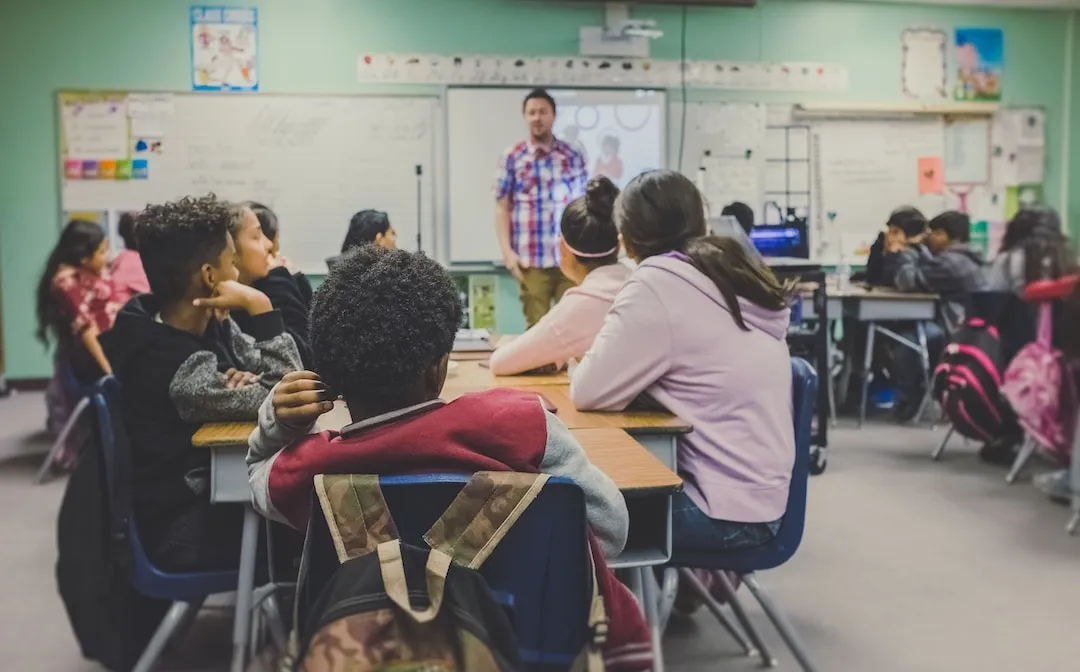
By: William "Coach" Jeffery
Introduction: Effective Strategies for Educational Leadership
Effective leadership plays a crucial role in improving student learning outcomes and teacher effectiveness.Educational leaders have the responsibility to implement proven strategies that contribute to the success of their schools. By creating a positive and inspiring school environment, leaders can foster an atmosphere of growth and achievement. This article will explore various strategies for educational leadership and their impact on student and teacher success.
Establishing a Positive and Inspiring School Environment
Effective leaders understand the importance of making themselves available and providing support to students and staff. By actively listening to the concerns of stakeholders, including teachers, students, and parents, leaders can create a positive school culture. Taking responsibility for problems and working collaboratively with the team to find solutions is also crucial in creating a supportive environment. Additionally, empowering future leaders and fostering a team-oriented approach to problem-solving contribute to a positive and inspiring school environment. Continual self-improvement through attending seminars and conferences is essential for educational leaders to stay updated with the latest research and best practices.
For example, a principal who actively engages with students and teachers, listens to their ideas and concerns, and collaborates with the staff to find solutions can create a positive and inspiring school environment. By showing support and empowering teachers to take leadership roles, the principal fosters a sense of ownership and teamwork, leading to a more productive and motivated staff.
Communication Skills for Educational Leaders
Communication skills are vital for effective educational leadership. Leaders must be able to actively listen to their staff and address their concerns. By including others in decision-making processes and coaching through effective communication, leaders can create a positive and collaborative work environment.
For instance, a superintendent who holds regular meetings with teachers and staff to listen to their perspectives and involve them in decision-making processes demonstrates effective communication skills. This open and inclusive approach helps build trust and fosters a sense of ownership among the staff, leading to a more cohesive and motivated team.
Setting Clear Goals and Providing Constructive Feedback
Educational leaders should establish clear goals and communicate them effectively with their staff. Clear goals provide direction and help align efforts towards a common vision. Providing regular and constructive feedback is also essential for improving teacher performance and fostering a culture of continuous improvement.When providing feedback, leaders should align it with current research and offer practical suggestions for improvement.
For example, a school principal who sets clear goals for student achievement and communicates them to the teachers ensures that everyone is working towards a common objective. Additionally, providing specific and actionable feedback to teachers based on research and best practices helps them enhance their instructional strategies and supports their professional development.
Delegating Responsibilities and Building Trust
Delegating responsibilities to staff is an effective strategy that builds trust and allows leaders to focus on strategic initiatives. Trust is crucial for creating a collaborative and effective working environment. By empowering future leaders and fostering a team-oriented approach to problem-solving, leaders can build trust and promote professional growth.
For instance, a department head who delegates responsibilities to their team members not only builds trust but also allows each individual to develop their skills and take ownership of their work. This approach fosters a sense of collaboration, empowerment, and shared responsibility, leading to a more efficient and motivated team.
Instructional Leadership Strategies for Effective Education
Instructional leadership is a key aspect of educational leadership that aims to improve student learning and teacher effectiveness. Strategies for instructional leadership include promoting student engagement, providing coaching for teachers, and facilitating professional development opportunities. By expanding personal learning networks and implementing peer coaching, leaders can enhance teacher effectiveness and promote professional growth.
For example, a school principal who encourages teachers to engage in peer coaching and professional learning communities fosters a culture of collaboration and continuous improvement. By providing opportunities for teachers to observe and learn from each other, the principal promotes effective instructional strategies and supports the professional growth of the staff.
Effective Strategies For Educational Leadership
Effective strategies for educational leadership are vital for improving student outcomes and creating a positive learning environment. By establishing a positive and inspiring school environment, developing strong communication skills, setting clear goals, providing constructive feedback, delegating responsibilities, and implementing instructional leadership strategies, educational leaders can make a significant impact on student learning and teacher effectiveness. It is imperative for educational leaders to prioritize the implementation of these strategies to promote success and create a positive and supportive school community.






